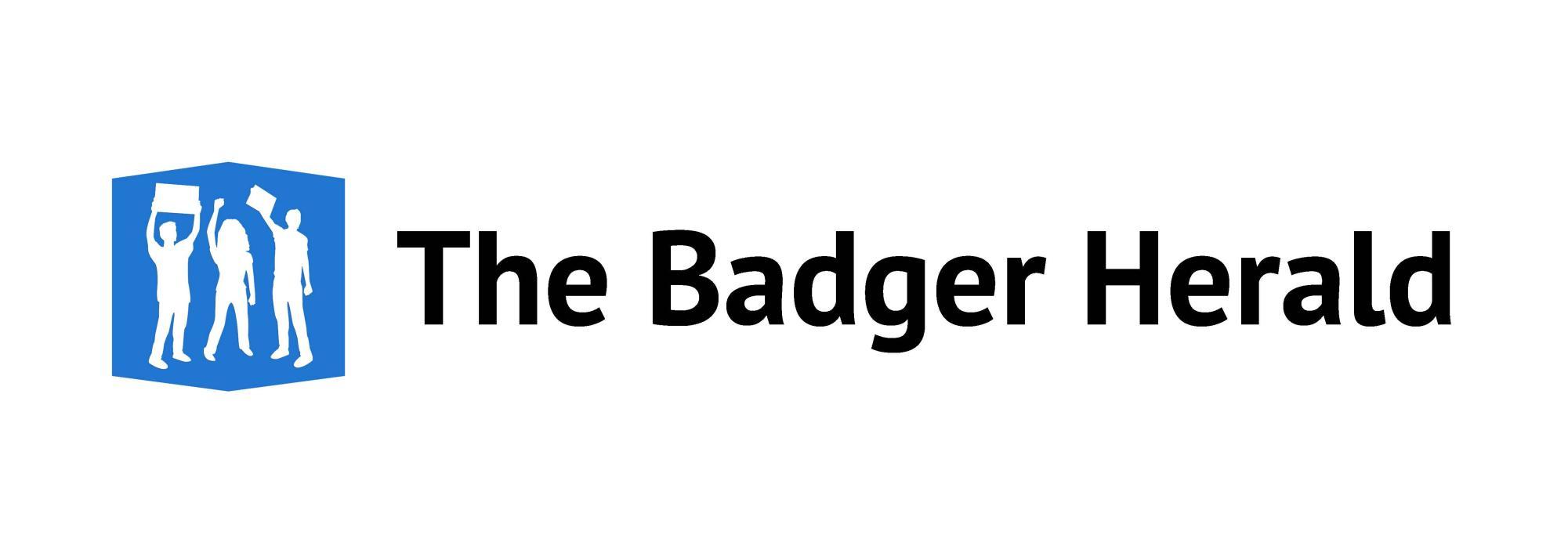Through a 2021 policy change, college athletes are officially able to profit off of their name, image and likeness. NIL deals allow college athletes to be compensated for the revenue they bring to institutions. The NCSA refers to this policy as compensation for the revenue generated by athletes’ “personal brands” and can manifest as payments for autographs, personal appearances and more.
The proposed House vs. NCAA settlement has the potential to completely change the structure of collegiate sports. In particular, it offers 2.8 billion dollars in NIL backpay to athletes who competed in NCAA Division I sports from 2016 to 2024, according to NIL Daily. There is an additional aspect to the settlement that looks to the future, hoping to enact a revenue-sharing contract between institutions and athletes.
There are three notable components to NIL backpay — Broadcast NIL, the Video Game NIL Fund and Lost NIL Opportunities. Broadcast NIL Funds are reserved for athletes who received full athletic scholarships for playing football, men’s basketball and women’s basketball at the Power Five level between fall 2016 and spring 2023. This is the largest pool of money, with approximately $1,815,000,000 to be dispersed to players, according to NIL Daily.
The Video Game NIL fund has a recovery pool of 44,000 entitled to proportionately split $71,500,000 in compensation. The last category of the settlement fund is for what are considered “lost opportunities,” with settlements in this class ranging from $1 to $1,859,000, depending on the NIL value athletes can prove. The total settlement fund for lost opportunities is $89,500,000, according to NIL Daily.
While this seems, on the surface, to be a mutually beneficial deal for both athletes and institutions, it puts nonrevenue collegiate sports in danger. The funding required to allocate NIL backpay has encouraged the NCAA to implement stricter roster limitations, specifically for swim and dive teams. At the most recent signing day for college swim, a large number of athletes were informed that the spots they were promised were no longer available, presumably due to changes in roster limitations, according to SwimSwam.
Before this year, swim coaches were slightly restricted by soft internal roster caps or flexible limits to roster numbers. But, they are now being limited by proposed hard caps — which, for swimming in the major conferences, are likely to land at 30 women and 22-24 men per team, according to SwimSwam. These House settlement-induced roster limitations have led to a huge number of swimmers entering the transfer portal — an online database that allows student athletes to be contacted by coaches and recruiters — in the last weeks, with a total of 178 women from 72 different schools.
Students who once had a clear and promised path are now having to scramble to ensure they even have a seat on a roster — a completely unfair and unjust consequence of NIL deals. The mental and emotional distress this situation will undoubtedly cause is obvious and should not be ignored for the benefit of other, higher revenue-earning athletes.
Louisville head coach Arthur Albiero testified during a House Judiciary Committee hearing on Capitol Hill regarding the NCAA settlement. Albiero delved into the gravity of treating collegiate athletes as employees and the financial repercussions this can have.
“While the proposed House settlement will provide a measure of structure to the NIL landscape, it also has consequences for athletic departments that do not generate enough revenue to cover the expenses for all of its sports,” Albiero said.
Furthermore, the required financial administrative burden of treating students as employees of the institution could force said institutions into cutting back sports programs — specifically low or nonrevenue programs, Albiero said.
The consequences of these administrative financial burdens caused irreparable damage for the Cal Poly Mustangs at California Polytechnic State University. Cal Poly Athletics has cut its men’s and women’s swimming and diving programs due to supposed financial realities and the program’s future calculated loss of at least $450,000 per year. School president Jeffrey D. Armstrong specifically pointed to the House v. NCAA settlement as a main cause of the program’s financial difficulties, according to SwimSwam.
I want to ensure that this article does not come off as anti-NIL. College athletes should undoubtedly be compensated for their hard work and the revenue they bring the institution. Financial empowerment for college athletes is an undeniable positive, but this benefit should not come at the detriment of other athletes.
The professionalization of all collegiate sports puts lower revenue sports in danger of being overlooked and underappreciated, made obvious through the treatment of swim and dive teams throughout the country. At a Big Ten school, where there are certainly sports that generate significant revenue for the university, such as football and basketball, it is important to not ignore the well-being of nonrevenue athletics.



